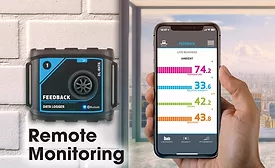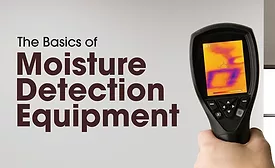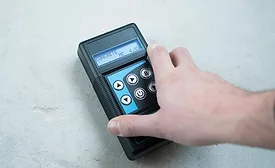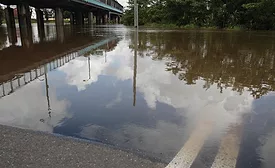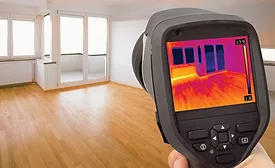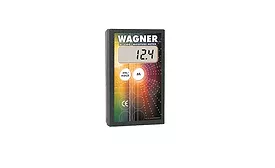Home » moisture meters
Articles Tagged with ''moisture meters''
The importance of monitoring ambient conditions during the drying process.
Read More
Stay ahead of the curve with our eNewsletters.
Get the latest industry updates tailored your way.
JOIN TODAY!Copyright ©2025. All Rights Reserved BNP Media.
Design, CMS, Hosting & Web Development :: ePublishing
